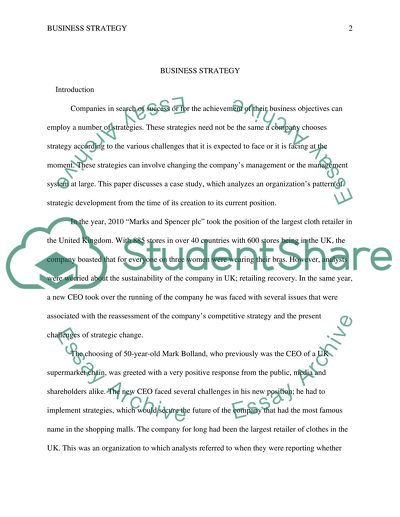Cite this document
(“Business Strategy Essay Example | Topics and Well Written Essays - 1500 words - 1”, n.d.)
Business Strategy Essay Example | Topics and Well Written Essays - 1500 words - 1. Retrieved from https://studentshare.org/other/1399333-business-strategy
Business Strategy Essay Example | Topics and Well Written Essays - 1500 words - 1. Retrieved from https://studentshare.org/other/1399333-business-strategy
(Business Strategy Essay Example | Topics and Well Written Essays - 1500 Words - 1)
Business Strategy Essay Example | Topics and Well Written Essays - 1500 Words - 1. https://studentshare.org/other/1399333-business-strategy.
Business Strategy Essay Example | Topics and Well Written Essays - 1500 Words - 1. https://studentshare.org/other/1399333-business-strategy.
“Business Strategy Essay Example | Topics and Well Written Essays - 1500 Words - 1”, n.d. https://studentshare.org/other/1399333-business-strategy.


